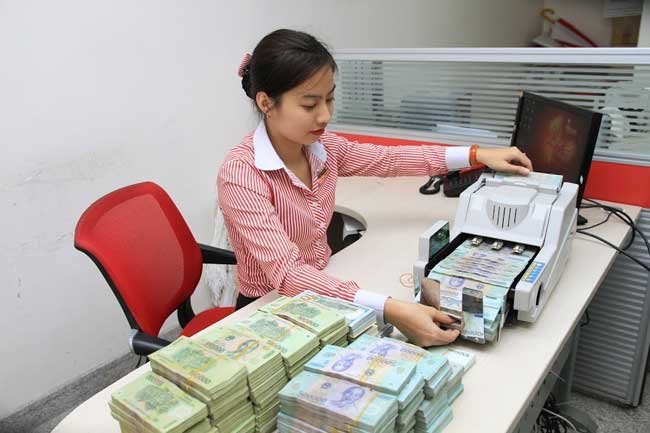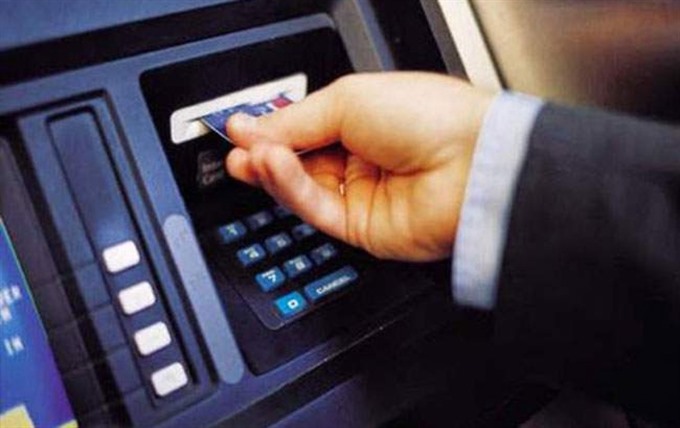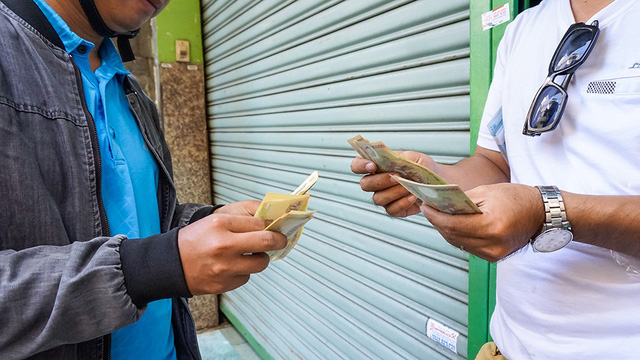Large banks concerned about raising capital
Large banks concerned about raising capital
State-owned banks are struggling to raise capital to improve their capital adequacy ratio (CAR) in line with Basel II requirements.
According to the National Financial Supervisory Commission (NFSC), the average capital adequacy ratio (CAR) of the credit institution system in 2018 has reached 11.1 per cent thanks to the 12.2 per cent surge in owner’s equity capital and a 10.8 per cent rise in total risk weighted assets. Regulatory Tier 1 capital to risk weighted assets has thus been calculated at 8.8 per cent for 2018, a higher ratio than 2017’s 7.8 per cent.
Another unofficial research, however, showed that the application of Basel II capital safety standards at the 10 pilot banks (including Vietcombank, VIB, VPBank, and OCB) has resulted in these banks having their CAR significantly lower compared to those promising figures released by the NFSC. Specifically, the CAR of four state-owned banks has dropped below 8 per cent with Basel II, down from the almost 9 per cent they had scored prior to applying the standards.
According to the bank industry report 2019 of Vietcombank Securities (VCBS), following Circular No.41/2016/TT-NHNN, the time of application of Basel II for domestic credit institutions will start from January 1, 2020. Thus, in 2019, banks will need to improve their technology systems to calculate safety indicators as well as prepare capital to be ready for Basel II.
Among the Basel II indicators, the minimum capital adequacy ratio (CAR) is one of the core requirements. In order to meet and improve CAR in the long run, it is imperative that many credit institutions implement measures to increase Tier 1 capital required.
Le Duc Tho, chairman of Vietnam JSC Bank for Industry and Trade (VietinBank), said that their top priority mission is to quickly enhance financial capacity, as well as build and implement the roadmap to increase charter capital after receiving approval from the State Bank of Vietnam (SBV). VietinBank would drastically implement the restructuring of charter capital, equity capital, and strictly control the growth of total assets as well as total risk weighted assets.
“VietinBank will adjust and take specific measures to improve the efficiency of capital investment and equity capital usage. This is a synchronous solution to boost the bank's financial capacity from now until 2020,” Tho added.
Le Xuan Nghia, an economic expert, noted that at present, the biggest problem of the banking system is not dealing with bad debts, but increasing capital to meet Basel II requirements before the 10-bank-pilot phase is completed in 2020.
According to Nghia, it is necessary to raise capital for the banking sector by about $3-4 billion each year. However, in the last few years, only half of this amount was reached, and mainly distributed to healthy banks. If there is an appropriate policy, allowing banks with the ability to increase capital to lift their credit growth limit, this will be an incentive to attract foreign investors, as investing in banks with high credit growth is more beneficial.
“The credit growth quota for each bank would limit their income and investment into the banking sector. Vietnam Bank for Agriculture and Rural Development (Agribank), Bank for Investment and Development of Vietnam JSC (BIDV), and VietinBank are having difficulties in raising capital. Therefore, the government needs to provide a detailed capital raising roadmap for these banks, because these are the pillars of the economy and industrial policy in general,” said Nghia.





















